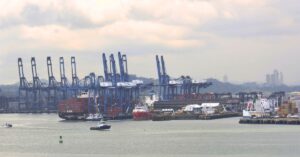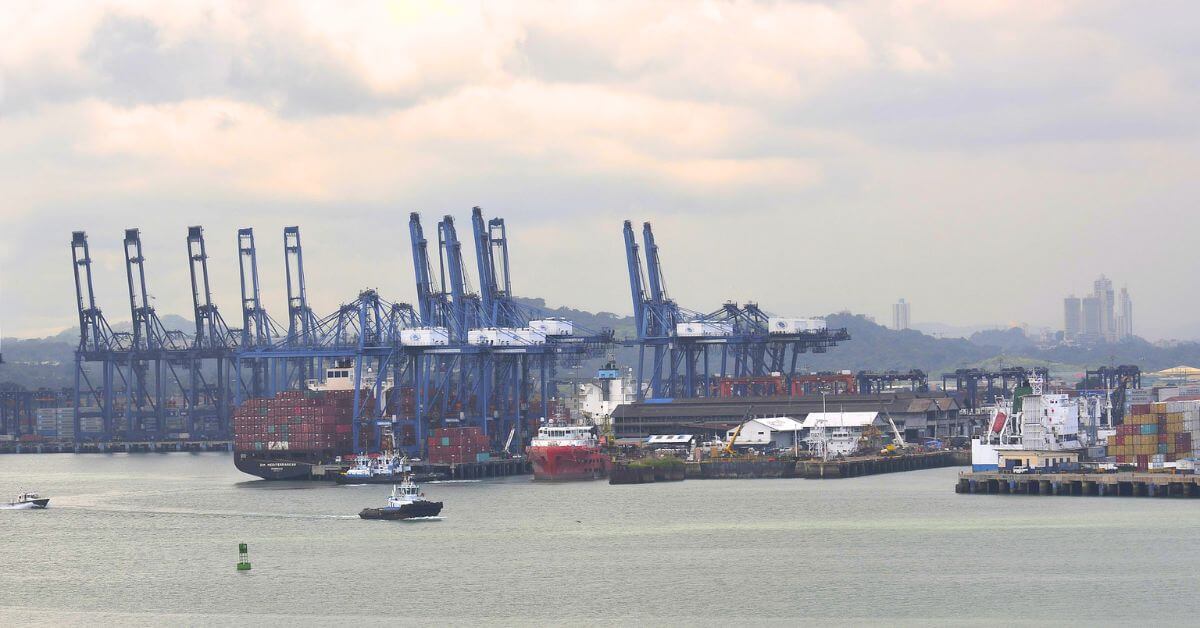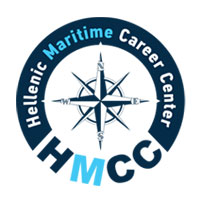
Samsung Heavy Industries Delivers First LNG Carrier With Korean-Style KC-2C Cargo Tank
October 28, 2025
River Cruiser MS Lumière Completes World’s First Autonomous ‘Dock2Dock’ Voyage
October 28, 2025

The Panama Canal Authority (ACP) has announced plans to build two new port terminals worth US$2.6 billion by 2029 to increase capacity and stay competitive amid uncertainty over the future of Hong Kong–based Hutchison Holdings’ port operations in Panama.
The two new terminals, Corozal on the Pacific side and Telfers on the Atlantic, will increase Panama’s container-handling capacity from 9.5 million TEUs to 15 million TEUs annually.
The ACP plans to award construction and concession contracts before the end of 2026, with both ports scheduled to begin operations in 2029.
The announcement followed a consultation meeting with around twenty global port and shipping companies, including Cosco Shipping Ports, PSA International, Evergreen, Hapag-Lloyd, and Maersk, who expressed interest in the project.
ACP Vice President of Finance Víctor Vial said that the expansion is essential for maintaining Panama’s competitive position in global trade. He remarked that if expansion does not occur in Panama, neighbouring countries may seize the opportunity instead.
The authority also intends to invest more than US$8.5 billion over the next decade to expand and diversify its business portfolio. Alongside the new ports, projects under consideration include a gas pipeline and a new reservoir.
ACP Administrator Ricaurte Vásquez recently observed that Panama’s five existing main ports, operated by companies from the United States, Taiwan, Hong Kong and Singapore, are operating close to capacity.
He added that the new development would add approximately 5 million TEUs of container transhipment capacity each year, helping relieve congestion across the canal zone.
The project comes as the future of the Balboa (Pacific) and Cristóbal (Atlantic) terminals, both managed by Hutchison’s subsidiary Panama Ports, remains uncertain.
Hutchison is currently seeking to sell its stakes in these terminals to a consortium led by U.S.-based BlackRock and Terminal Investment Limited (TiL), an affiliate of Mediterranean Shipping Company (MSC).
The deal, valued globally at US$22.8 billion, has been welcomed by Washington but opposed by Beijing, which has reportedly sought the inclusion of Chinese state-owned Cosco in the consortium.
According to Hong Kong analyst Lau Siu-kai, Panama’s decision to develop new terminals could help the country regain control and reduce geopolitical tension by diversifying port ownership. He noted that if more companies are involved, the strategic importance of Hutchison’s ports to both the U.S. and China could decrease.
However, Lau also said that the dispute over Hutchison’s existing ports is unlikely to end soon, as both countries are expected to keep firm positions on the issue.
Meanwhile, Panama’s Supreme Court is reviewing several lawsuits that could cancel Hutchison’s port concessions. Canal Affairs Minister José Ramón Icaza said the government is ready for any scenario and would appoint an interim operator if needed before launching a new tender.
The 80-kilometre-long Panama Canal, opened in 1914 and handed over to Panama in 1999, handles about 5% of global sea trade.
References: SCMP, ticotimes
Source: Maritime Shipping News


